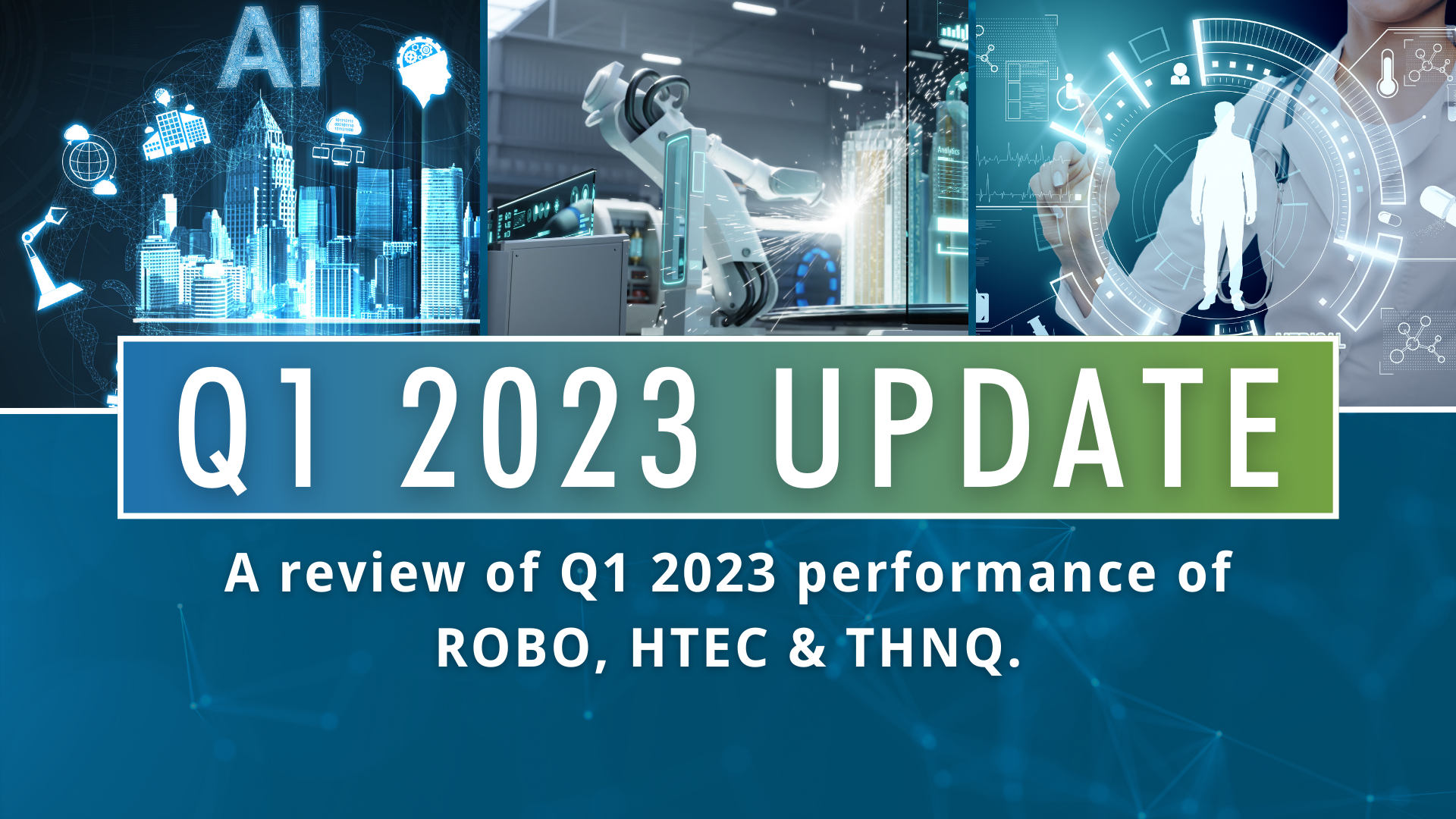Will a 4-foot-tall robot named VGo be your next teammate? Researchers, scientists and athletes alike hope to increase efficiency in concussion diagnostics on the football field. Dartmouth-Hitchcock's Center for Telehealth is trying to combat this problem by bringing robots to the sidelines.
VGo serves as a stand-in sideline doctor and has the potential to save lives. At least 50 football players high school age and younger have died or sustained serious head injuries on the field since 1997 according to the New York Times. Unfortunately, as the intensity of play grows at college and professional levels, so does the chance of brain damage.
The robot connects a neurologist on-call from anywhere in the country to injured players on the sidelines. From teleconferencing to immediate testing, athletes and trainers in more rural location will have access to the expertise of these brain specialists.
Upon reports of headaches or hard head contact, VGo brings a neurologist to the field for immediate consulting through a camera. From hearing, seeing and talking to the injured player, digital doctors have nearly all of the same capabilities as if they were on the field next to them. VGo is completely remote controlled, giving doctors the ability to pan and zoom on problem areas and watch the accident in real time. There's even an app for that.
It is a common misconception that concussions inherently cause a loss of consciousness, but this is not always the case; a fact which leads many concussions to go undiagnosed. According to the American Association of Neurological Surgeons, no possibility for a concussion should be taken lightly, because if a second case of a head injury were to occur soon after a first, permanent and even fatal damage could be done.
Economically, the presence of sideline robots would positively impact those teams and schools that may not have the funds to have a specialist on-site. These neurologists could be on-call for numerous games at one time, greatly reducing the cost by sharing the expense between many institutions.
While VGo is just now becoming the latest benchwarmer, the robot has already been used in a variety of environments from health-care to educational purposes. Even Audi automotive has welcomed VGo to their team of support technicians.
At hospitals and clinics, VGo is a bedside companion to patients who need extra monitoring. This gives doctors full access to monitor patients without the need to be on-site at all times. Again, for more rural areas that don't have the specialists readily available, VGo makes it possible to bring the telepresence of an expert right to the room.
While the practice of telemedicine still has a long road ahead, the possibility of decreasing long-standing mental impairments is impressive. If dealt with properly and immediately, fatalities and brain damage in athletes could be minimized. With upcoming Dartmouth football testing for VGo, there is no reason that, if proved successful, telemedical robots shouldn't be starters on sports fields across the country.
By: Erica Allaby, Content Manager, ROBO Global




